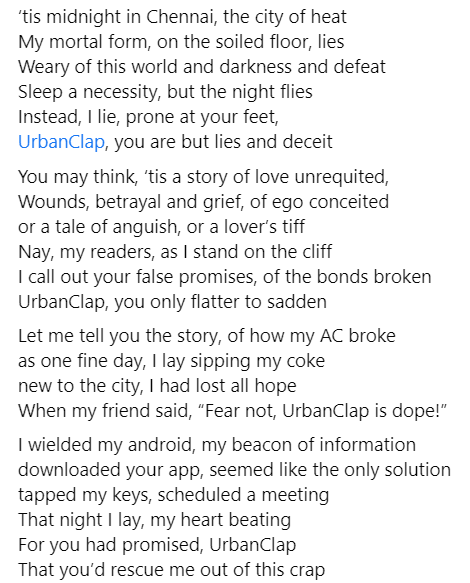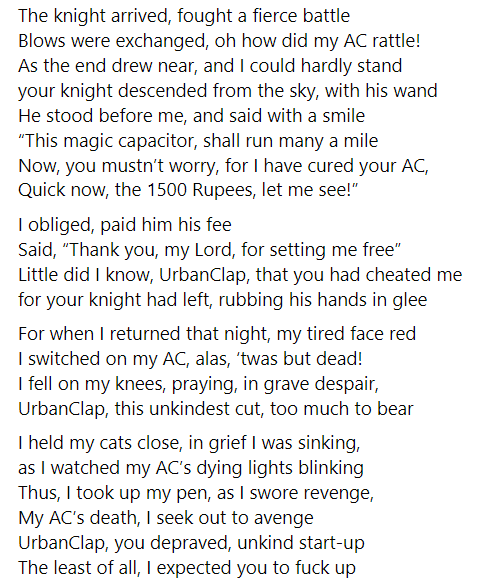Customer relations are how an organisation creates and maintains a positive relationship with its consumers. In a nutshell, consumer relations focuses on communicating with current and potential customers to understand how the organisation can improve in multiple areas.
Customer Relationship Management, also known as CRM, is a system designed to analyse further how organisations can establish and maintain positive customer relationships. CRM organises information to help develop these relationships. Here are examples of some of the information a CRM system may hold:
- Social media data
- Company website information
- Marketing information
- Customer preferences
- Previous customer purchases
- Current trends
Today, I want to emphasise the importance of customer relationship management for every brand, regardless of a company’s size or industry. I will use three examples to demonstrate what happens when companies take care of their customers.
The Good Customer Relations
In April 2017, a person in Chennai posted a complaint on UrbanClap’s Facebook page. His AC wasn’t working even after being repaired once by an UrbanClap repairman. Here is his complaint on Facebook:



The UrbanClap social media team responded quickly with a poem, assuring him of quick action. (See Full Interaction Here)

The first response to the complaint was poetic, just like the complaint. UrbanClap responded in the customer’s language and mood. The content of the poem matches and pacifies the feeling of the customer. UrbanClap takes responsibility for the inconvenience and guarantees a quick resolution. After handling the complaint, they sent another message to the customer.

This incident garnered much attention on Facebook with the potential to harm UrbanClap’s reputation. By handling the complaint immediately, creatively and resolving it quickly, UrbanClap avoided a scene, retained a customer and earned lots of goodwill.
The Bad and Ugly Customer Relations
In 2008, Canadian musician Dave Caroll flew from Halifax to Nebraska with a layover in Chicago. Upon arriving at his destination, Caroll discovered that his $3500 Taylor guitar was severely damaged. He recalled hearing a fellow passenger exclaim that baggage handlers were throwing guitars at the tarmac in Chicago. Carroll filed a claim with United Airlines, who denied it. He claims that the airline personnel were indifferent to his complaint. Caroll was ineligible for compensation because he had failed to claim within its stipulated “standard 24-hour timeframe”.
After negotiating in vain for nine months, Caroll wrote a song titled “United Breaks Guitars” and created a music video which he posted on YouTube on July 6, 2009. The success story of the song and the PR humiliation for United Airlines gained media coverage. The video went viral amassing 150,000 views in one day, half a million by July 9, hitting 5 million by mid-August and 10 million by February 2011. As of now, the video has over 21 million views and 120,000+ likes.
Amidst all the traction this incident and the song were gaining, Caroll released another song titled “United Breaks Guitar 2” on August 17 2009, via YouTube. This song took a closer look at Caroll’s dealing with Ms Irlweg, a United Airlines customer service employee and the airline’s “flawed policies” she was unwillingly upholding.
In March 2010, another song titled “United Breaks Guitars 3” was released in which Caroll says that he was done being angry at United Airlines and asked them to change their ways.
Ever since the incident, he has been in great demand as a speaker on customer service. In 2009, Time magazine listed “United Breaks Guitars” as #7 on their Top 10 viral videos of 2009. In 2012, Caroll published a book titled “United Breaks Guitars: The Power of One Voice in the Age of Social Media”.
All the incidents highlight the power of digital media. All incidents got massive attention; one was handled on social media and through the right action, whereas the other turned into a PR nightmare for the company due to sheer ignorance. These days corporate threats are not limited to your competitors; they can come from anywhere. Businesses must step up their game and get active on digital platforms to interact with their customers. Digital media gives consumers more power, ensuring that companies hear their voices.
As a consumer, it is a lesson for everyone. You don’t need to be disrespectful and yell to make your voice heard. There are better, more creative ways to complain about an issue and resolve it peacefully without blowing your lid off. As is with relationships all over the world, customer relations will also get better with mutual understanding, open dialogue, and honest communication.

